Mark Rothko and other artists of the New York School, such as Jackson PollockAmerican painter Jackson Pollock (1912 – 1955) was one of the leading figures of Abstract Expressionism and the New York School. He is best known for his large action drip paintings, which he produced between 1947 and 1952, created by pouring and manipulating liquid paint atop canvases set on the floor. Pollock was born in Cody, Wyoming and grew up More, Lee Krasner, Barnett Newman, and Adolph Gottlieb, were indelibly shaped by the events of the Great Depression and the Second World War. They were convinced that earlier styles of art were no longer suitable in a world of Holocaust and atomic bombs. The artists, therefore, developed styles of paintingPainting is a fundamental form of visual art that has been practiced for thousands of years. It involves applying pigment to a surface such as canvas, paper, or a wall. Painting can be explored through various styles, techniques, and mediums, each offering unique possibilities for expression and creativity. Historical Background • Ancient Beginnings: The history of painting dates back to More devoid of any representational or narrative element, fully focusing on expression. Rothko and his colleagues used diverse abstract means to express universal emotions and strived to create awe-inspiring intensityIn color theory, intensity, also known as saturation or chroma, refers to the purity and vividness of a color. This property is essential for artists and designers as it helps create dynamic and engaging visuals. Intensity determines how bright or dull a color appears, influencing the overall impact and mood of a composition. Defining Intensity Intensity measures the degree of More with their paintings.
Where is the picture “No.3/No.13 (Magenta, Black, Green on Orange)” today?
The original picture of “No.3/No.13 (Magenta, Black, Green on Orange)” is on permanent display at the Museum of Modern Art in New York City today.
What’s in it?
“No.3/No.13” is an early example of a compositional structure that Rothko continuously explored for more than two decades: Narrowly separated blocks of colour with soft and irregular edges hover in front of a coloured ground. In his composition, Rothko used a vibrant orange background and has narrowly separated blocks of magenta, white, black, and green of uneven intensityIn color theory, intensity, also known as saturation or chroma, refers to the purity and vividness of a color. This property is essential for artists and designers as it helps create dynamic and engaging visuals. Intensity determines how bright or dull a color appears, influencing the overall impact and mood of a composition. Defining Intensity Intensity measures the degree of More floating above it in one column. The edges are soft and uneven and at some points merge with the ground. The canvas is abounding of gentle movement, the blocks emerging and receding, merging with the numerous translucent layers of wash. While the big black colour block draws the viewer’s attention creating depth, the green bar below it appears to vibrate against the orange ground and creates an optical flicker.
What’s the context?
Ecstasy, tragedy, myth, and the sublime were recurring themes in Rothko’s work. When paintingPainting is a fundamental form of visual art that has been practiced for thousands of years. It involves applying pigment to a surface such as canvas, paper, or a wall. Painting can be explored through various styles, techniques, and mediums, each offering unique possibilities for expression and creativity. Historical Background • Ancient Beginnings: The history of painting dates back to More “No.3/No.13 (Magenta, Black, Green on Orange)”, he was going through a time of severe distress since his beloved mother Kate had died in October 1948. Tragedy manifested in his paintings, triggering wonder and awe through the sense of boundlessness and spatial abundance. Rothko wrote himself: “I think of my pictures as dramas, the shapes in the pictures are the performers.”
Rothko had read Friedrich Nietzsche’s “The Birth of Tragedy” (1872), which deeply influenced his understanding of his artistic mission. Nietzsche’s thesis discussed how classical mythologyMythology in art taps into the rich stories and symbols from ancient cultures. These narratives shape our understanding of history, morality, and human nature, offering a profound connection between the past and the present. From the ancient Greeks to the Norse sagas, mythological themes have deeply influenced artistic expression. Greek Mythology Greek mythology is one of the most popular sources More existed to overcome the terrifying mundanity of every day, mortal life. Rothko connected this notion to his paintings and began to see his work as a sort of mythologyMythology in art taps into the rich stories and symbols from ancient cultures. These narratives shape our understanding of history, morality, and human nature, offering a profound connection between the past and the present. From the ancient Greeks to the Norse sagas, mythological themes have deeply influenced artistic expression. Greek Mythology Greek mythology is one of the most popular sources More that could fill spiritual emptiness.
Chatter and Prattle
- With the colour field pictures manifesting as Rothko’s signature style, Fortune 500 declared that Mark RothkoMark Rothko (1903 – 1970) is closely associated with the New York school, a circle of painters that emerged during the 1940s as a collective voice in American art. During his career spanning five decades, he created a new form of abstract art. Mark Rothko, Untitled (1964) Rothko was born in Daugavpils, Latvia, into a highly educated family and was More paintings to be a great monetary investment. This lead avant-garde colleagues such as Barnett NewmanBarnett Newman was a prominent American painter and a key figure in Abstract Expressionism and Color Field Painting. His works are known for their simplicity and spiritual depth, often featuring large, unbroken fields of color intersected by vertical lines he called "zips." Early Life and Career Barnett Newman was born on January 29, 1905, in New York City. He initially More to refer to Rothko’s art as sell-out with “bourgeoisie aspirations.” Rothko became greatly concerned that people would purchase his art for decorative reasons and as investment, not because they appreciated it for spirituality. He, therefore, rejected lucrative commissions and became silent when asked about his art’s meaning.
- In the 21st century, several Rothko paintings were sold for over 80 million USD at auctions.
Do you want to comment on this text or add information? We would like to hear from you.
Recommended Readings:
This article may contain compensated links. Please read Disclaimer for more info. As an Amazon Associate, I earn from qualifying purchases.
Christopher Rothko, Janet Bishop (2017): Rothko: The Color Field Paintings (Book for Art Lovers, Books of Paintings, Museum Books)
Jacob Baal-Teshuva (2015): Rothko (Basic Art Series 2.0)
Barbara Hess (2016): Abstract Expressionism (Basic Art Series 2.0)
Christopher Rothko (2015): Mark Rothko: From the Inside Out
Mark RothkoMark Rothko (1903 – 1970) is closely associated with the New York school, a circle of painters that emerged during the 1940s as a collective voice in American art. During his career spanning five decades, he created a new form of abstract art. Mark Rothko, Untitled (1964) Rothko was born in Daugavpils, Latvia, into a highly educated family and was More (2006): Writings on Art
Susan Grange (2016): Mark Rothko: Break into the Light (Masterworks)
James E. B. Breslin (1998): Mark Rothko: A Biography

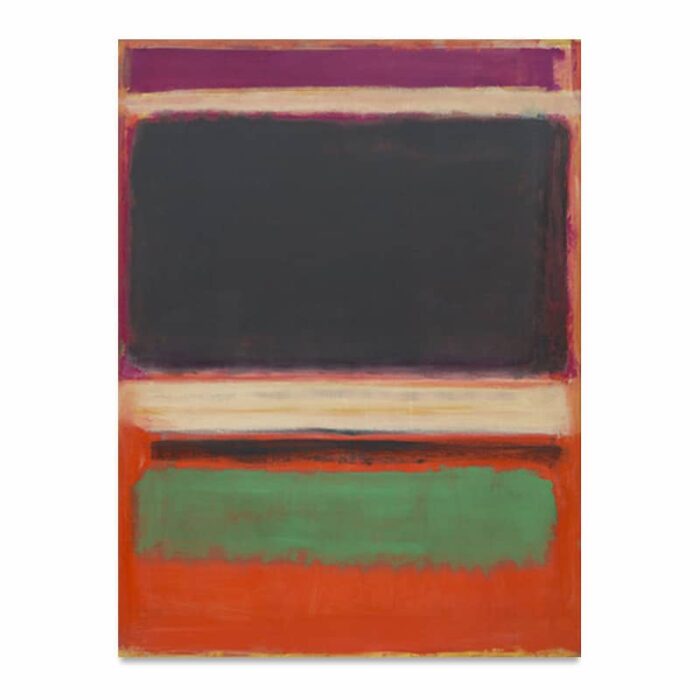
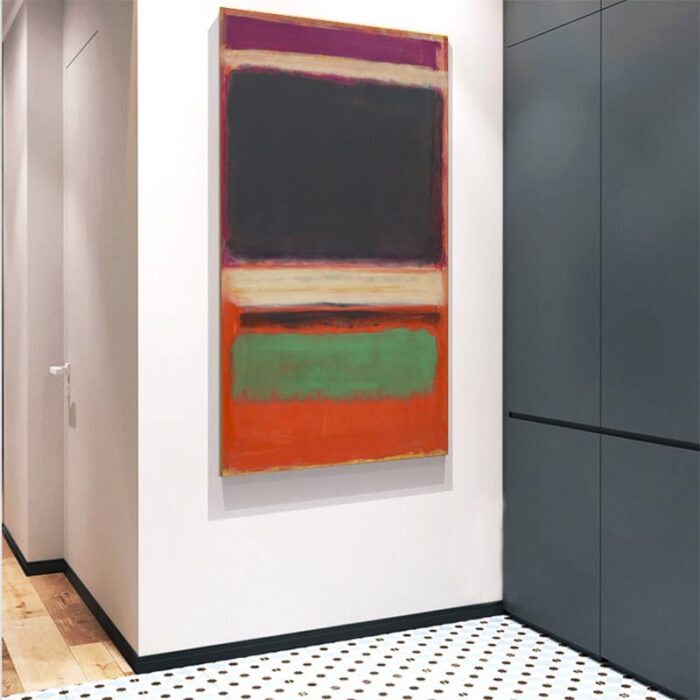
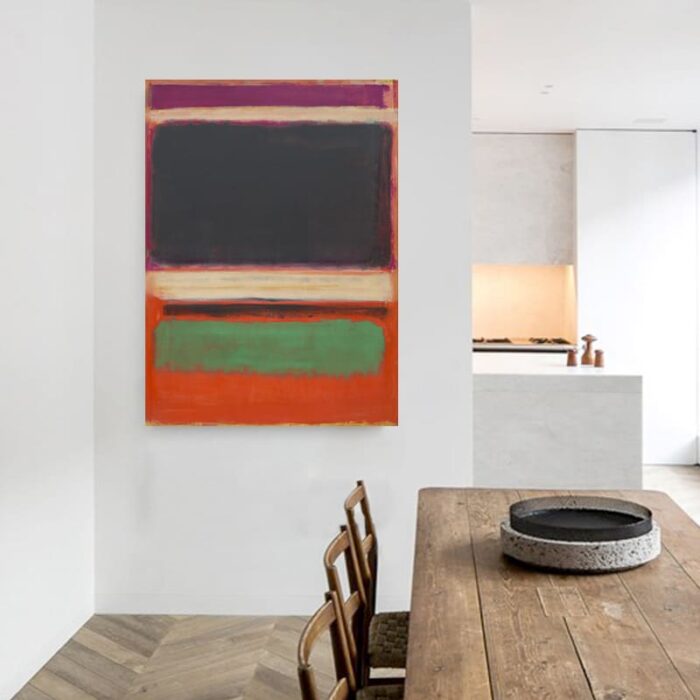
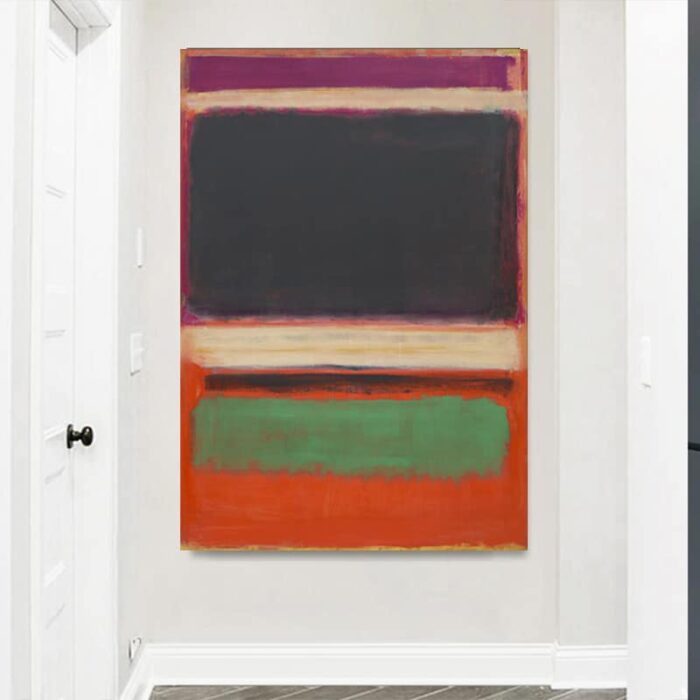
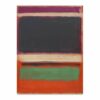


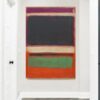
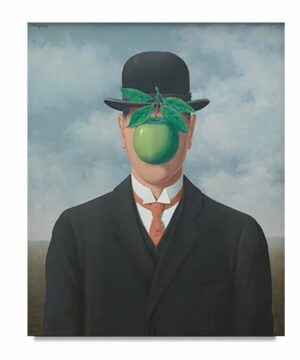
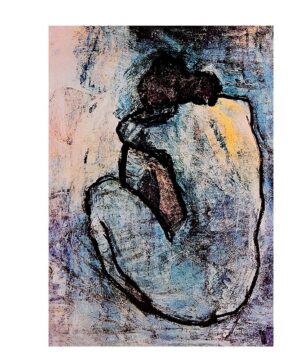
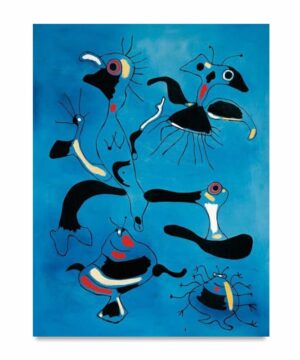
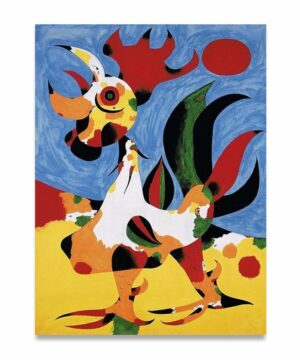
Reviews
There are no reviews yet.